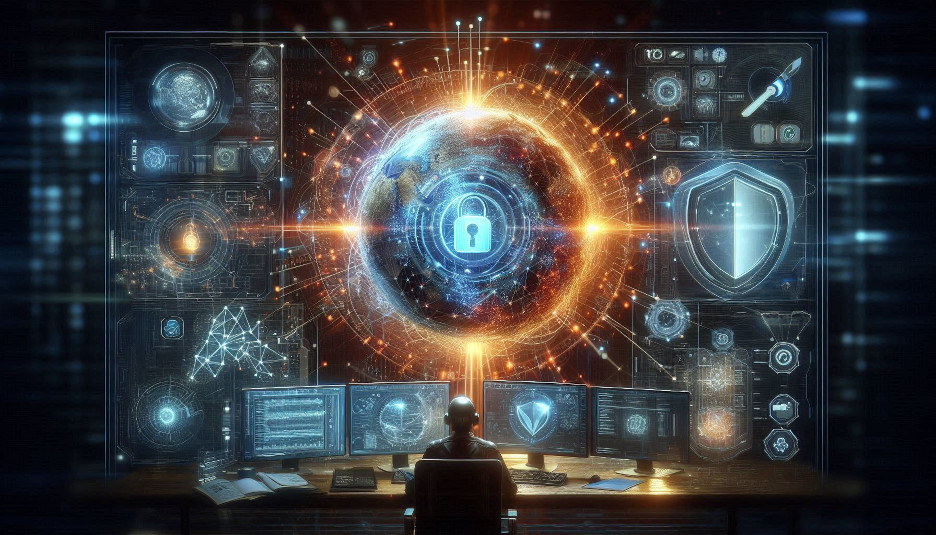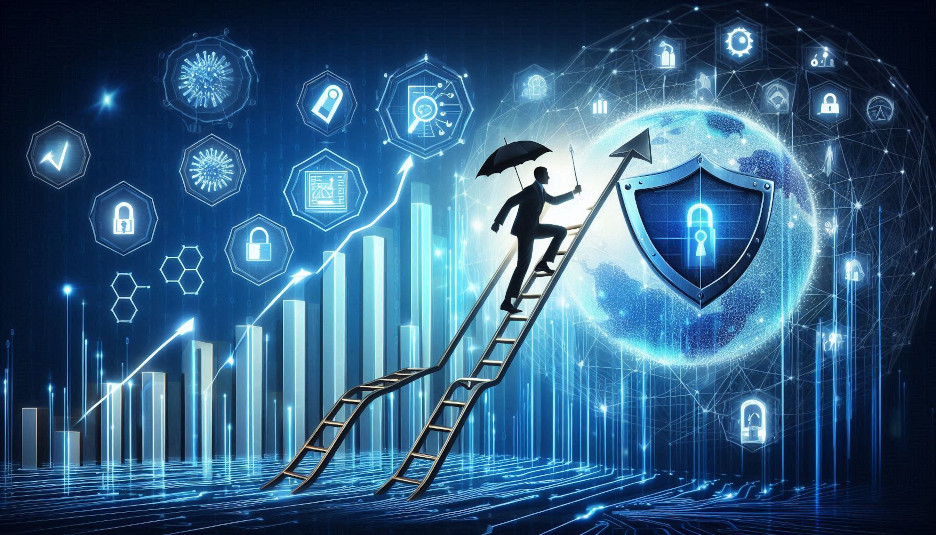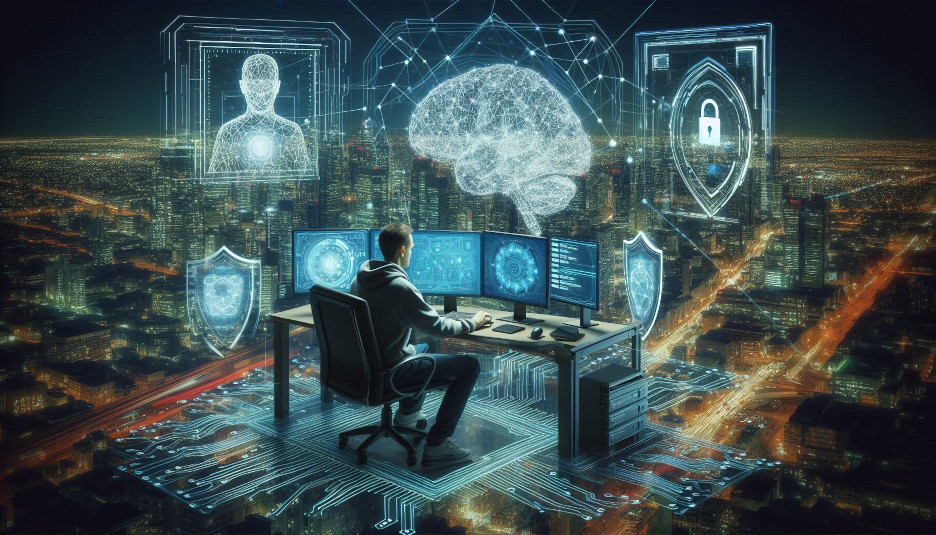Cybersecurity in the Age of AI and Machine Learning
-
 John Fry
John Fry - 12 Apr, 2024

Cybersecurity in the Age of AI and Machine Learning
A Double-Edged Sword
The rapid advancement of artificial intelligence (AI) and machine learning has revolutionized countless industries, but it has also opened new avenues for cyberattacks. As AI becomes increasingly sophisticated, so too do the threats it poses to cybersecurity.
AI as a Force for Good
AI has the potential to significantly enhance cybersecurity:
- Automated Threat Detection and Response: AI-powered systems can analyze vast amounts of data to identify and respond to threats in real-time.
- Predictive Analytics: By analyzing historical data, AI can predict future attacks and proactively mitigate risks.
- AI-Driven Security Operations Centers: AI can automate routine tasks, allowing security analysts to focus on more complex threats.
AI as a Force for Evil
Unfortunately, AI can also be used for malicious purposes:
- AI-Powered Phishing Attacks: AI can generate highly convincing phishing emails, making it harder for users to detect and avoid them.
- Autonomous Hacking Tools: AI-powered tools can automate hacking processes, making attacks more efficient and effective.
- Deepfakes and Social Engineering: AI-generated deepfakes can be used to deceive individuals and organizations.
The Future of Cybersecurity
As the threat landscape evolves, so too must our approach to cybersecurity. Here are some key trends shaping the future of cybersecurity:
Zero-Trust Security
The zero-trust security model challenges the traditional approach of assuming that everything inside a network is trusted. Instead, it requires continuous verification of users, devices, and applications.
Biometric Authentication
Biometric authentication, such as fingerprint recognition, facial recognition, and voice recognition, offers a more secure and convenient way to authenticate users. However, it’s essential to implement strong security measures to protect biometric data.
Quantum Computing and Cybersecurity
Quantum computers have the potential to break current encryption methods, posing a significant threat to cybersecurity. Quantum-resistant cryptography is emerging as a solution to this challenge.
The Human Element in Cybersecurity
While technology plays a crucial role in cybersecurity, the human element remains essential. Cybersecurity professionals must be well-trained, adaptable, and ethical.
Key Skills for Cybersecurity Professionals:
- Technical Skills: Network security, operating systems, programming, and cryptography.
- Analytical Skills: Problem-solving, critical thinking, and data analysis.
- Communication Skills: Effective communication with technical and non-technical stakeholders.
- Ethical Hacking: Understanding hacking techniques to identify vulnerabilities.
- Incident Response: Responding to security incidents and minimizing damage.
Continuous Learning:
The cybersecurity landscape is constantly evolving, so it’s crucial for professionals to stay updated on the latest threats and technologies. By pursuing advanced certifications, attending conferences, and participating in online communities, cybersecurity professionals can maintain their skills and knowledge.
In conclusion, the future of cybersecurity is inextricably linked to the advancement of AI and machine learning. By understanding the potential benefits and risks of these technologies, we can build a more secure digital future. As cyber threats continue to evolve, it’s imperative to invest in cybersecurity education, research, and innovation to protect our digital world.


